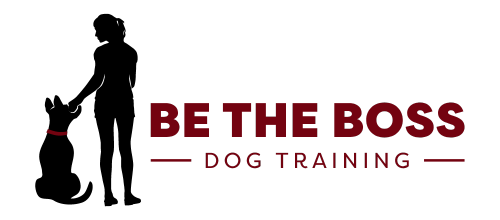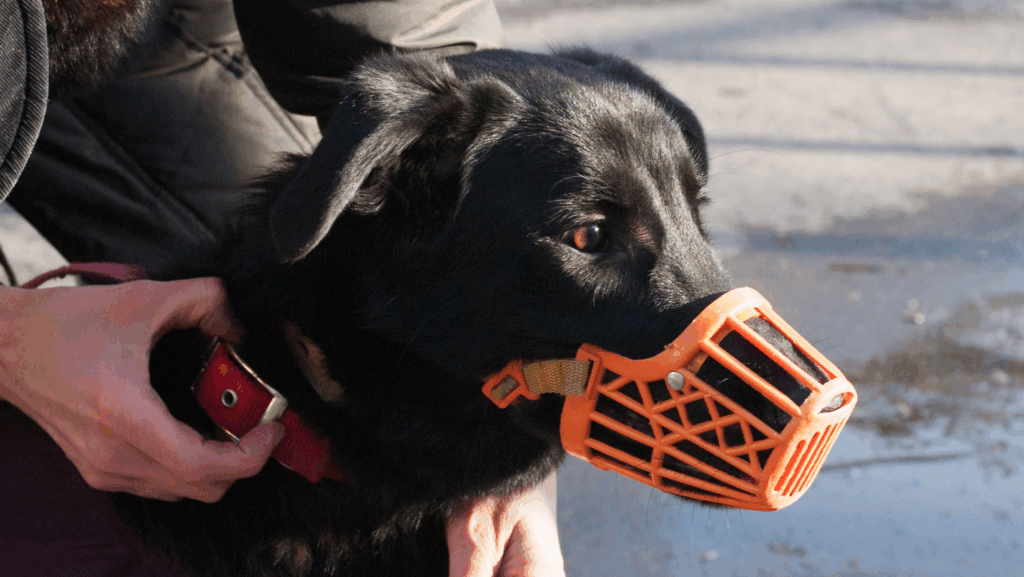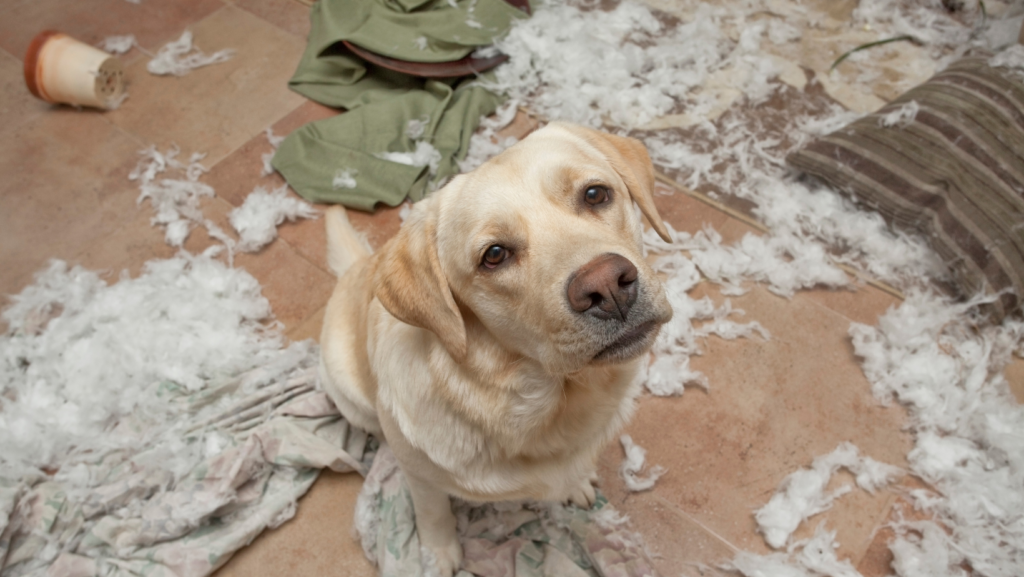Boy…have we ALL been there!
Your morning starts at 7 am (IF the kids sleep that long) and after breakfast, school, errands, playdates, lunch, naps, and doctor’s appointments you realize you don’t even know what dinner will be tonight. Never mind TRAINING the dog, did you even feed him?
I love my pups, but they will always take a second seat to my family and the important things in life. After all, you got your dog to bring joy to your family, not to suck more energy out of you.
However…to keep your dog and your young children safe, your dog DOES need to be trained. There is no arguing that point. Whether you have a dog that’s willing to please and training takes one day…or a rambunctious spit ball that will take more time…you NEED to communicate effectively with your four-pawed friend.
Here’s how you do it.
Incorporate training time INTO your schedule. Don’t set time ASIDE for training (we all know time is precious)…do the training while you are doing the laundry, feeding the kids, and vacuuming.
The “place” command teaches your dog to lie calmly on their bed until they are allowed to leave. Imagine life with no stress from the dog:
- Guests can come over without being assaulted
- Give the kids a bath
- Cook and eat dinner as a family
- Fold laundry
- Watch a family movie
- Take the dog WITH you to a friend’s house and visit
I could go on and on.
So…PLEASE don’t say you are too busy to train your dog.
Give your dog a chance to show you how eager they are to please you. They love you, and want to be with you. Your relationship is worth it!
For some help right now check out my self-help videos.
And contact us for questions!





